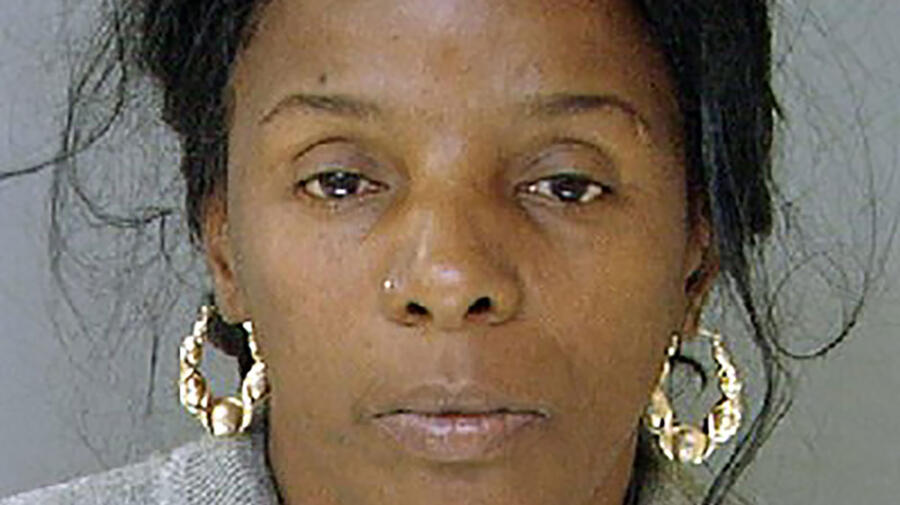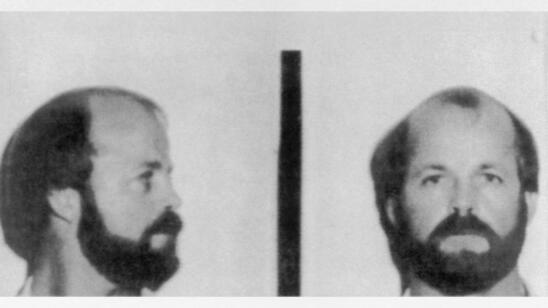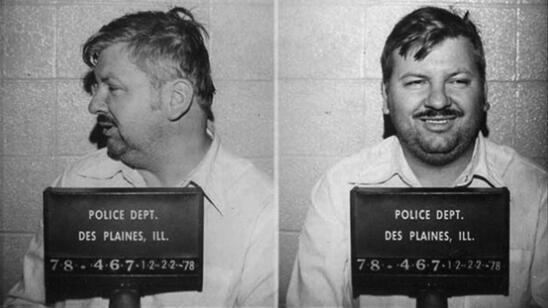Even veteran crime fighters were aghast at Linda Ann Weston’s cruelty.
A Philadelphia landlord’s October 15, 2011, discovery of four mentally challenged adults held captive by Weston in a filthy boiler room marked just the beginning of the horrific revelations.
Those included finding a 19-year-old—Weston’s niece, Beatrice Weston—whose body was covered with scars, bruises and burn marks.
“I have been a policeman for a long time—40-some odd years—and I have never seen a victim whose injuries were any more severe than what I saw last night with this young woman,” said former Philadelphia Police Commissioner Charles Ramsey said at an October 19, 2011, briefing. “At least not a living victim.”
“‘Horrific’ doesn’t even begin to describe it,” former District Attorney Seth Williams said.
Linda Weston was an expert at convincing vulnerable victims to trust her, authorities explained. Once they were in her grip, she obtained access to their Social Security checks and lived off the proceeds.
Linda Weston and three accomplices kept their prisoners compliant by sedating them or “punished them by slapping, punching, kicking, stabbing and hitting them” with weapons ranging from hammers to bats, prosecutors said. Some were prostituted or enticed into having sex to produce children that would provide additional Social Security benefits.
The breadth of Linda Weston’s inhumanity still disturbs experts, more than 10 years later.
“I don’t think she has any capacity for empathy at all,” forensic psychologist and author Joni Johnston tells A&E True Crime.
‘The Perfect Victims’
On September 9, 2015, Linda Weston pleaded guilty to federal charges including committing a hate crime, kidnapping, racketeering, kidnapping resulting in the death of the victim, sex trafficking and theft of government funds.
She was sentenced to life in prison and is currently at Federal Medical Center, Carswell, in Texas. Weston also was ordered to pay back more than $270,000 in restitution.
Co-conspirators Jean McIntosh, Linda Weston’s daughter, and three men, Gregory Thomas, Nicklaus Woodard and Eddie Wright were also convicted of related crimes.
The group, led by Linda Weston, operated between 2001 and 2011 across Florida, Pennsylvania, Texas and Virginia, moving whenever to avoid detection by authorities.
They preyed on mentally challenged adults who were estranged from their families, according to the U.S. Attorney’s Office for the Eastern District of Pennsylvania. Linda Weston would identify and befriend the targets, give them a place to stay, then latch on to their disability benefits.
“She’s picking her victims because they’re the perfect victims,” Philadelphia native and criminologist Stephen Jones tells A&E True Crime.
“They’re not believable at times. They’re not highly credible. So, if she can just control their behavior a little bit and groom them into her perfect victim—there’s a certain amount of Stockholm syndrome involved as well,” adds Jones, a Willistown Township Police Department detective sergeant and adjunct professor at Rosemont College near Philadelphia.
Two captives, Maxine Lee and Donna Spadea, died as a result of the relentless abuse.
Spadea, who was drugged daily and fed a limited diet, perished in 2005 in Philadelphia.
Lee tried to escape once, and Linda Weston beat her around the ankles to deter further attempts. After months of starvation, she died in 2008 in Norfolk, Virginia.
Fateful Custody Decision
When landlord Turgut Gozleveli uncovered the four prisoners in October 2011, they were living in a light-less room, with a dirt floor and a bucket for a toilet. One man was chained to a boiler pipe.
“They were tired, beat-up looking, thirsty and hungry,” Gozleveli said. “They didn’t know what world they were living in.”
In all, six adults and four children were rescued from Linda Weston by police in 2011, prosecutors said. Among them was her niece Beatrice, who described being sexually assaulted, denied schooling and being forced to drink her own urine in a 2012 lawsuit against the city of Philadelphia.
Public outrage over Linda Weston’s actions was compounded after it emerged she received custody of her 10-year-old niece in 2002 despite being a convicted killer. Linda Weston had been found guilty of third-degree murder in 1984 after beating and locking her sister’s boyfriend, Bernardo Ramos, in a closet when he refused to provide child support. Ramos starved to death. She was sentenced to eight years in prison and served four.
Reforms were instituted after the tragic mismanagement of Beatrice Weston’s case, Philadelphia-based Support Center for Child Advocates Executive Director Frank Cervone tells A&E True Crime.
In the last two decades, “the custody statutes have really changed dramatically in expanding the considerations by the court in making custody determination,” Cervone says.
“The Family Court is required by law to ask a lot of questions that it simply wasn’t required to do back then.”
‘I Want to Be Happy’
Linda Weston’s violence prevented her victims from fleeing—not only physically, but psychologically, experts say.
Imagine “how much fear can control us in a situation like that. If you’ve been abused and hit for the slightest thing, over time, that [escape] door can feel like it’s closed,” Johnston says.
After enduring such trauma, “nobody is going to be the same,” but survivors can be amazingly resilient, Johnston notes.
Tamara Breeden was among the basement captives rescued in 2011. “‘I kept on praying to Jesus, hoping to get back home,” she said in a 2018 interview.
Once free, she was able to attend school and take care of her children, born during captivity.
“I feel nice,” Breeden said. “I feel happy.”
Beatrice Weston survived atrocities like her aunt smashing her teeth, she told ABC News in 2013.
Post-ordeal, she was undergoing therapy, making friends and planning a career.
“I want to be a nurse and I want to be happy,” she said.
‘That’s the Scary Thing’
A psychiatrist’s evaluation of Linda Weston during her trial for Bernardo Ramos’ death concluded she had “intrinsic brain disease” and was schizophrenic. She grew up in a troubled home, and her mother died when she was a teenager.
However, Johnston notes that Linda Weston had a number of siblings who experienced the same childhood turbulence and chose another path. “This is where you see the interaction of nature and nurture,” she says.
Asked how Linda Weston could be so sadistic, Johnston theorizes she refused to see her victims as humans.
“Dehumanization is a common strategy people use to hurt other people,” she says. “They tell themselves, ‘these aren’t real people’ or ‘they’re a means to an end’ or they’re like ‘vermin.'”
Jones tells A&E True Crime that Weston “didn’t have a good upbringing and at a certain part in her life she just basically assumed it was normal, the way she was raised.
“She just assumed what she did was OK and kept pushing it,” he says. “At some point she accepted it as a norm and that’s the scary thing.”
Related Features:
The Father Who Locked His Daughter in His Basement for 24 Years
Elizabeth Shoaf Was Kidnapped and Assaulted Inside a Bunker for 10 Days: How the Teen Escaped
Why Some People Hold Others Captive
When People with Disabilities Are Abused by Their Caregivers and No One Is Around to Help


